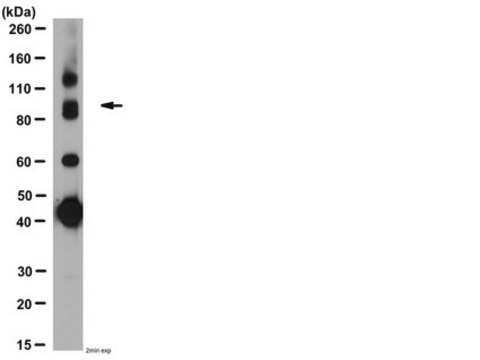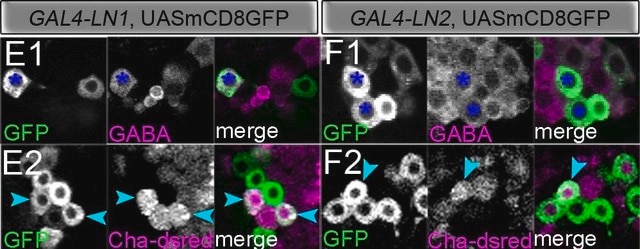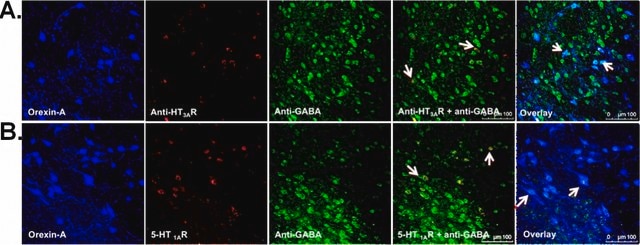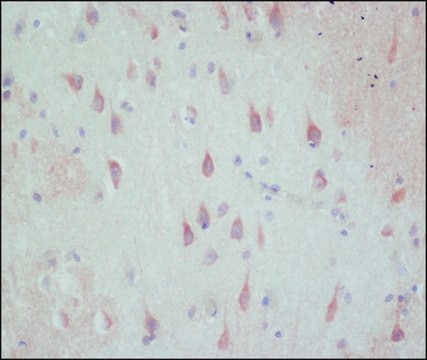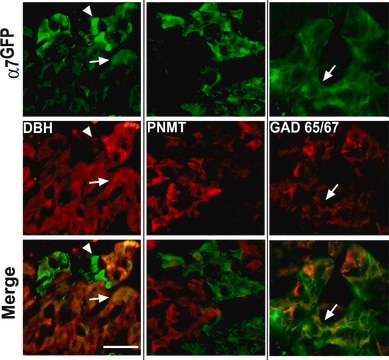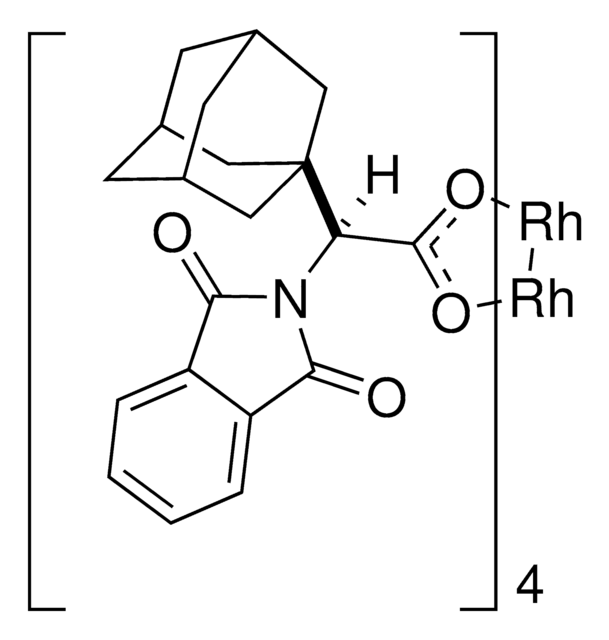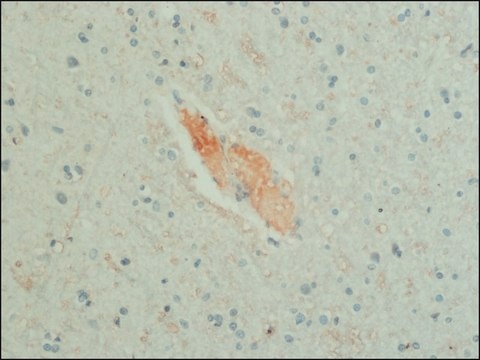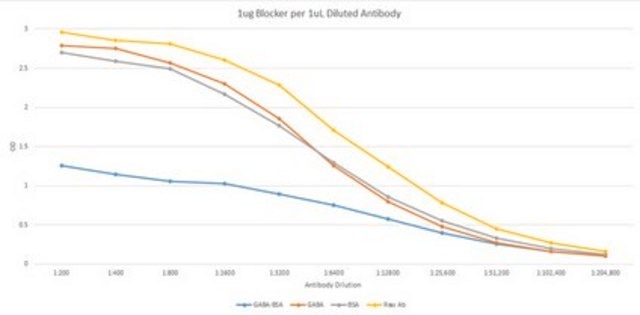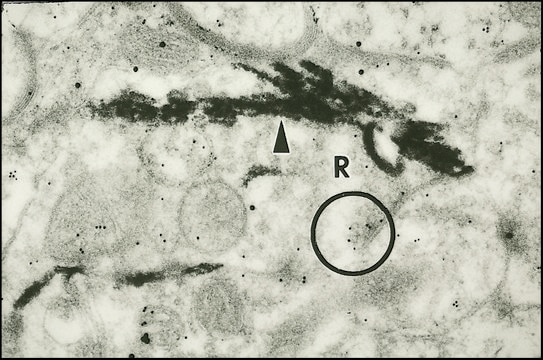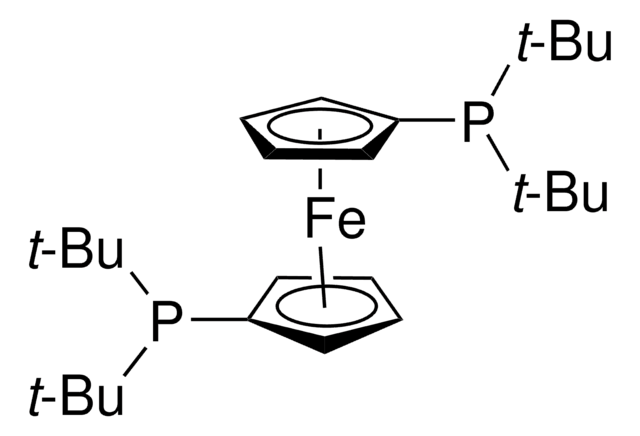AB2255
Anti-GABA B Receptor R2 Antibody
serum, from guinea pig
Synonym(s):
G protein-coupled receptor 51, G-protein coupled receptor 51, GABA-B receptor 2, gamma-aminobutyric acid (GABA) B receptor, 2, gamma-aminobutyric acid B receptor, 2, GABA-B-R2, GABA(B)R2
About This Item
Recommended Products
biological source
guinea pig
Quality Level
antibody form
serum
antibody product type
primary antibodies
clone
polyclonal
species reactivity
rhesus macaque, rat
species reactivity (predicted by homology)
canine (based on 100% sequence homology), bovine (based on 100% sequence homology), human (based on 100% sequence homology), horse (based on 100% sequence homology), rhesus monkey (based on 100% sequence homology), chimpanzee (based on 100% sequence homology), mouse (based on 100% sequence homology)
technique(s)
immunohistochemistry: suitable
western blot: suitable
NCBI accession no.
UniProt accession no.
shipped in
wet ice
target post-translational modification
unmodified
Gene Information
human ... GABBR2(9568)
General description
Specificity
Immunogen
Application
Quality
Immunohistochemistry Analysis: A 1:300 dilution of this antibody detected GABA-B-R2 in Purkinje cells in rat mid-brain region.
Target description
Linkage
Analysis Note
Purkinje cells in rat mid-brain region
Not finding the right product?
Try our Product Selector Tool.
wgk_germany
WGK 1
flash_point_f
Not applicable
flash_point_c
Not applicable
Certificates of Analysis (COA)
Search for Certificates of Analysis (COA) by entering the products Lot/Batch Number. Lot and Batch Numbers can be found on a product’s label following the words ‘Lot’ or ‘Batch’.
Already Own This Product?
Find documentation for the products that you have recently purchased in the Document Library.
Our team of scientists has experience in all areas of research including Life Science, Material Science, Chemical Synthesis, Chromatography, Analytical and many others.
Contact Technical Service